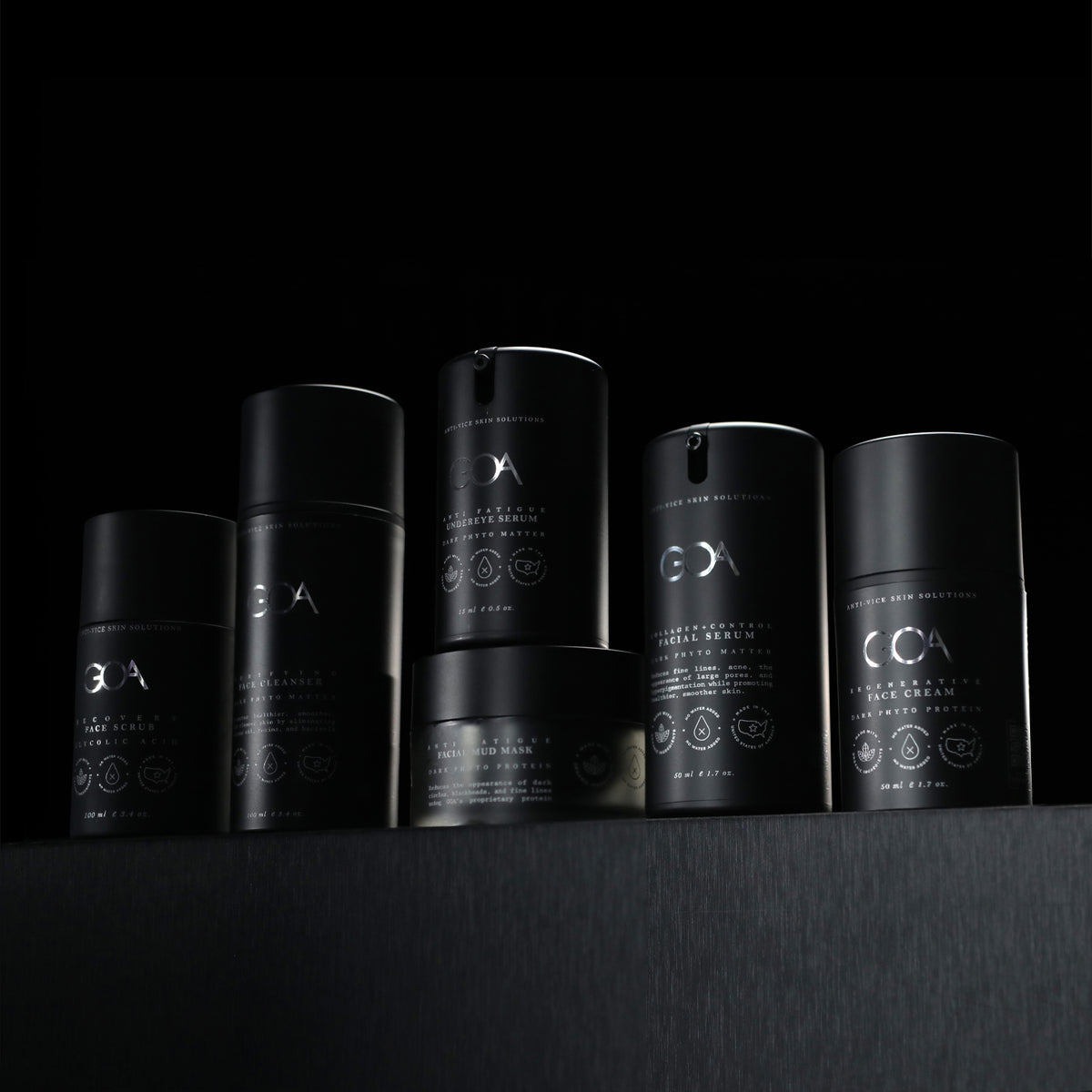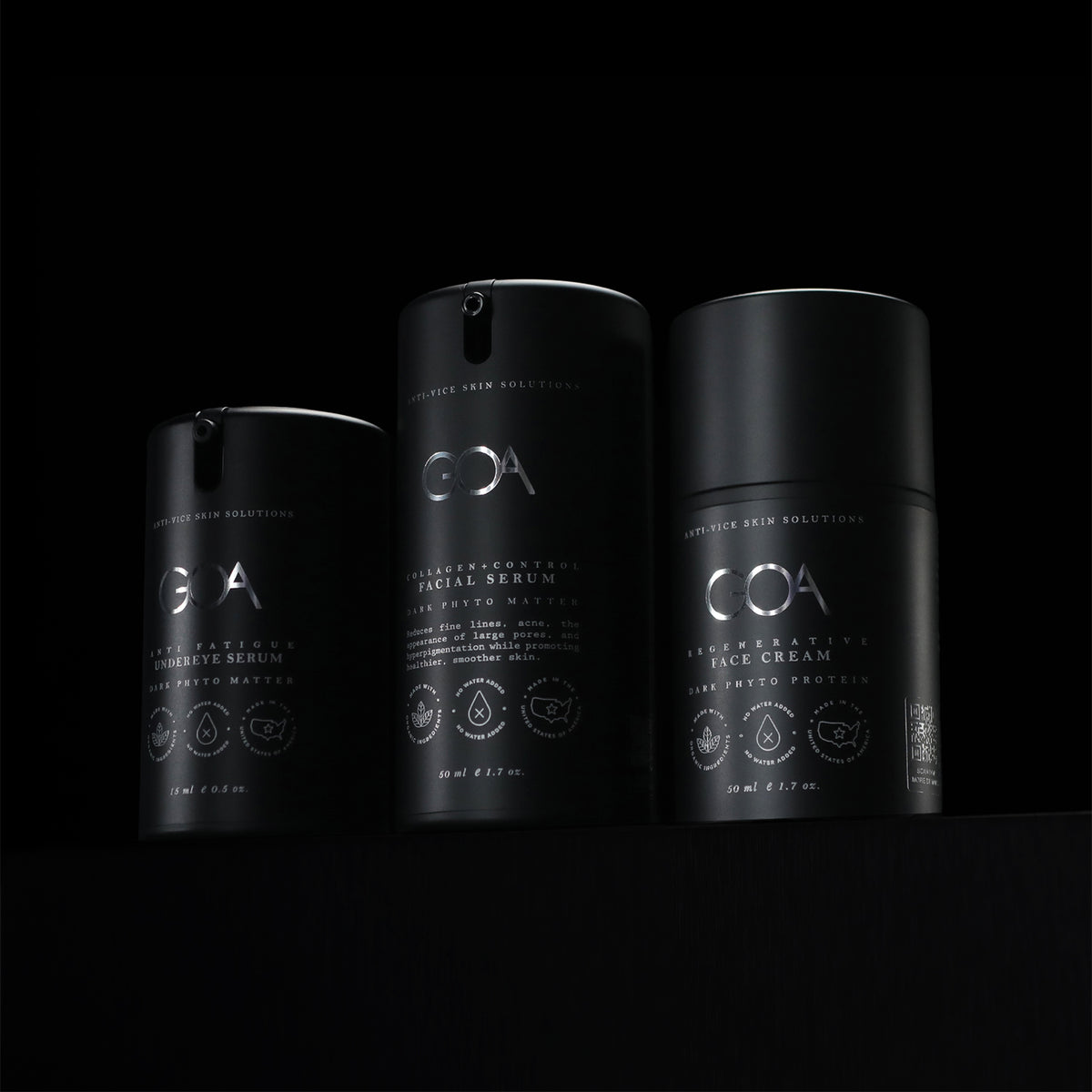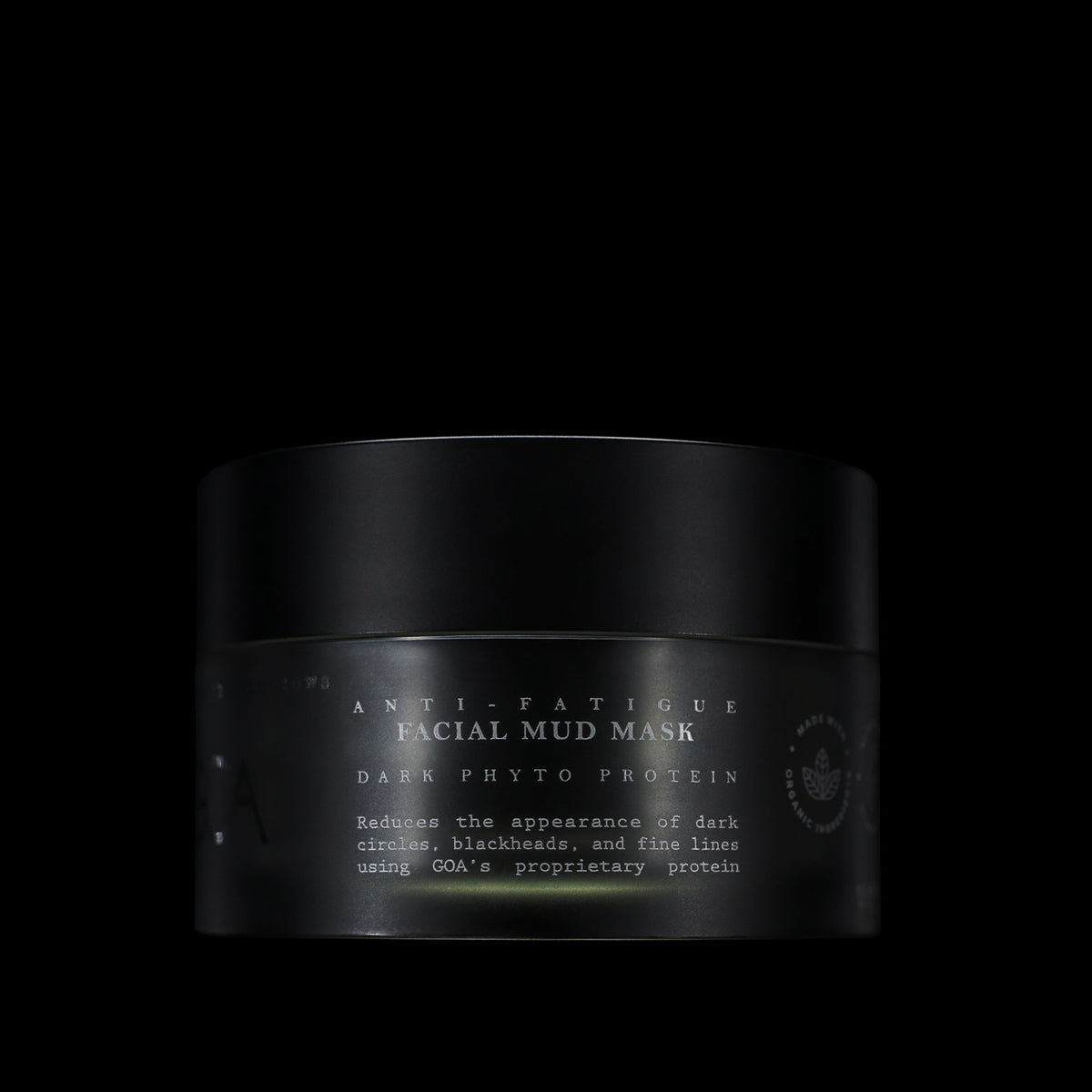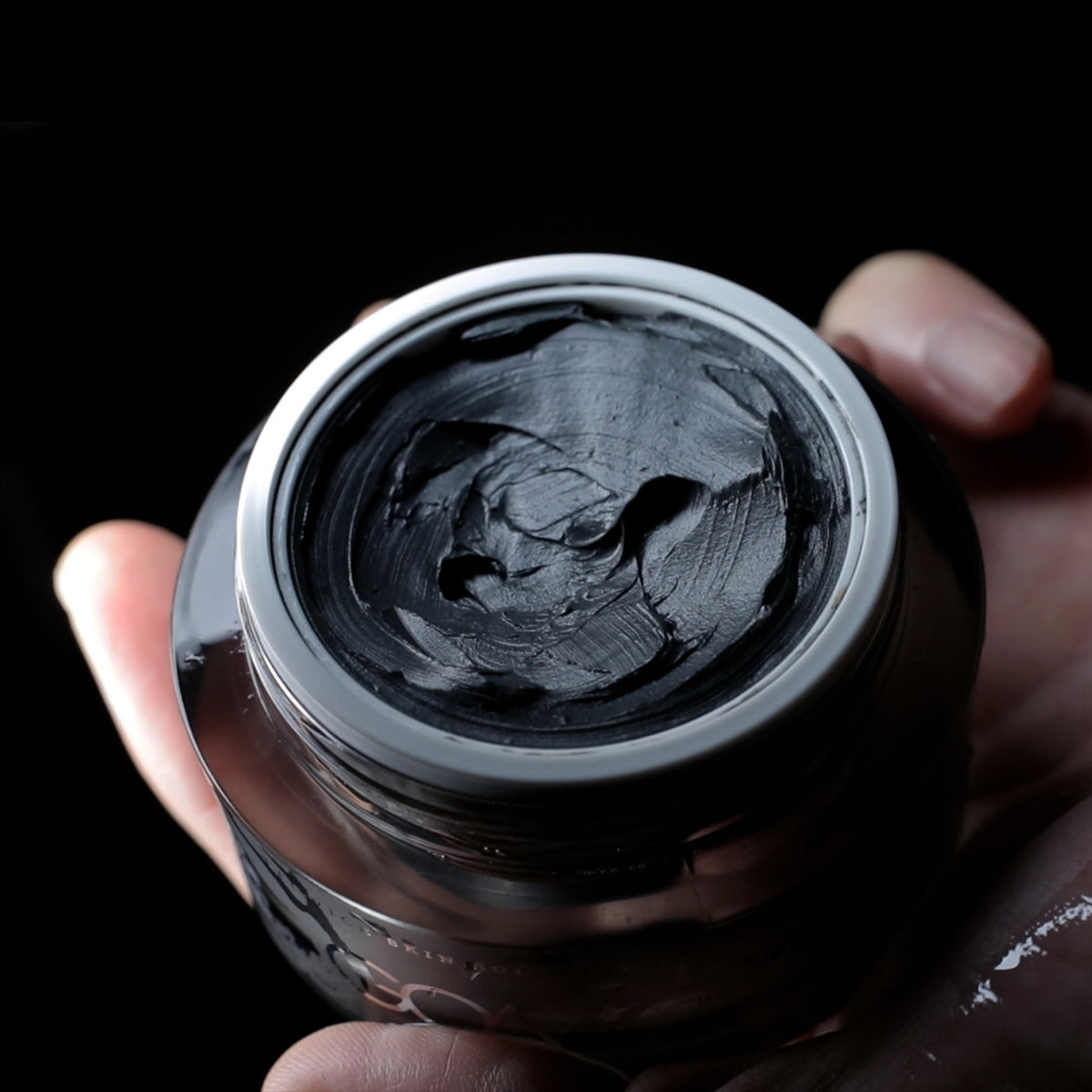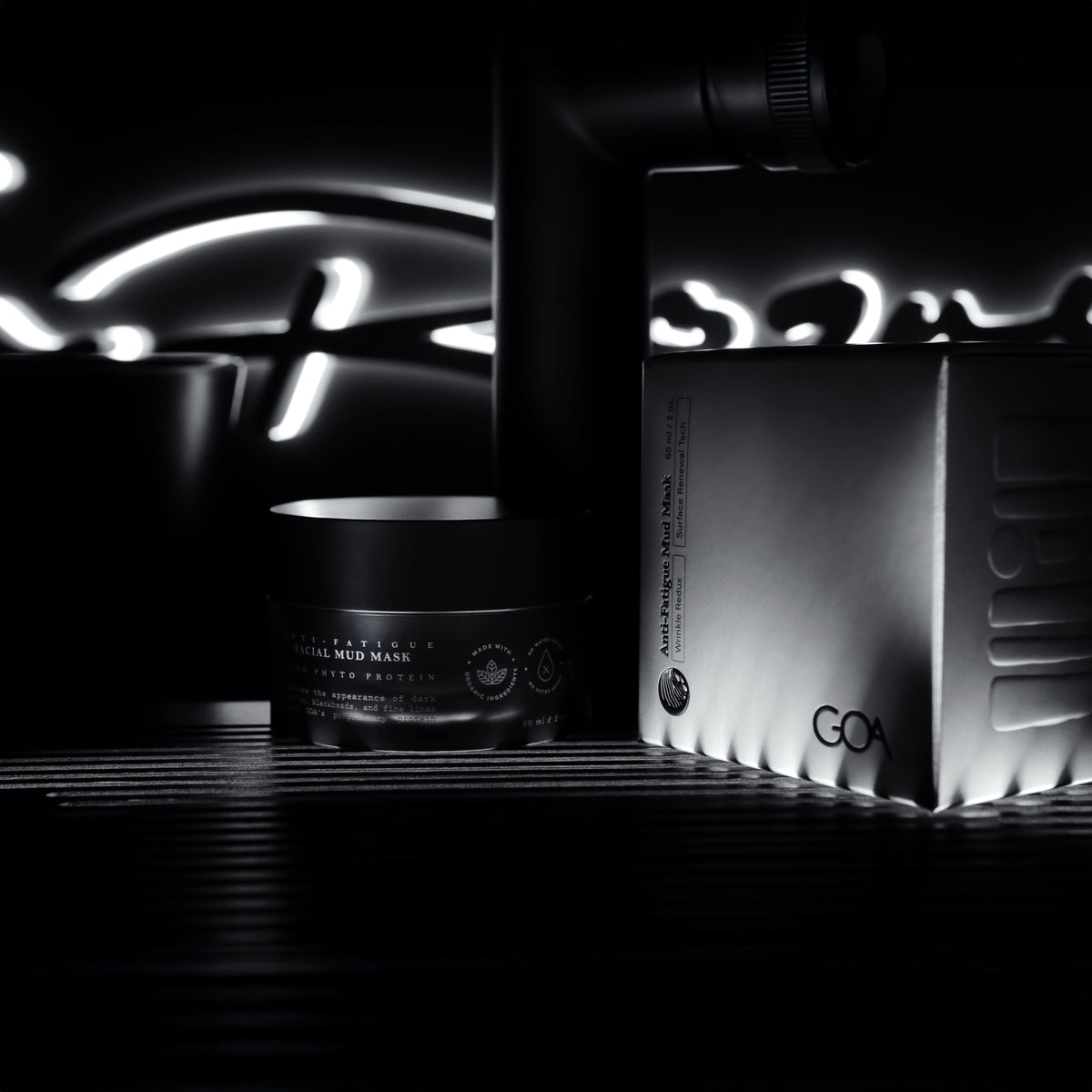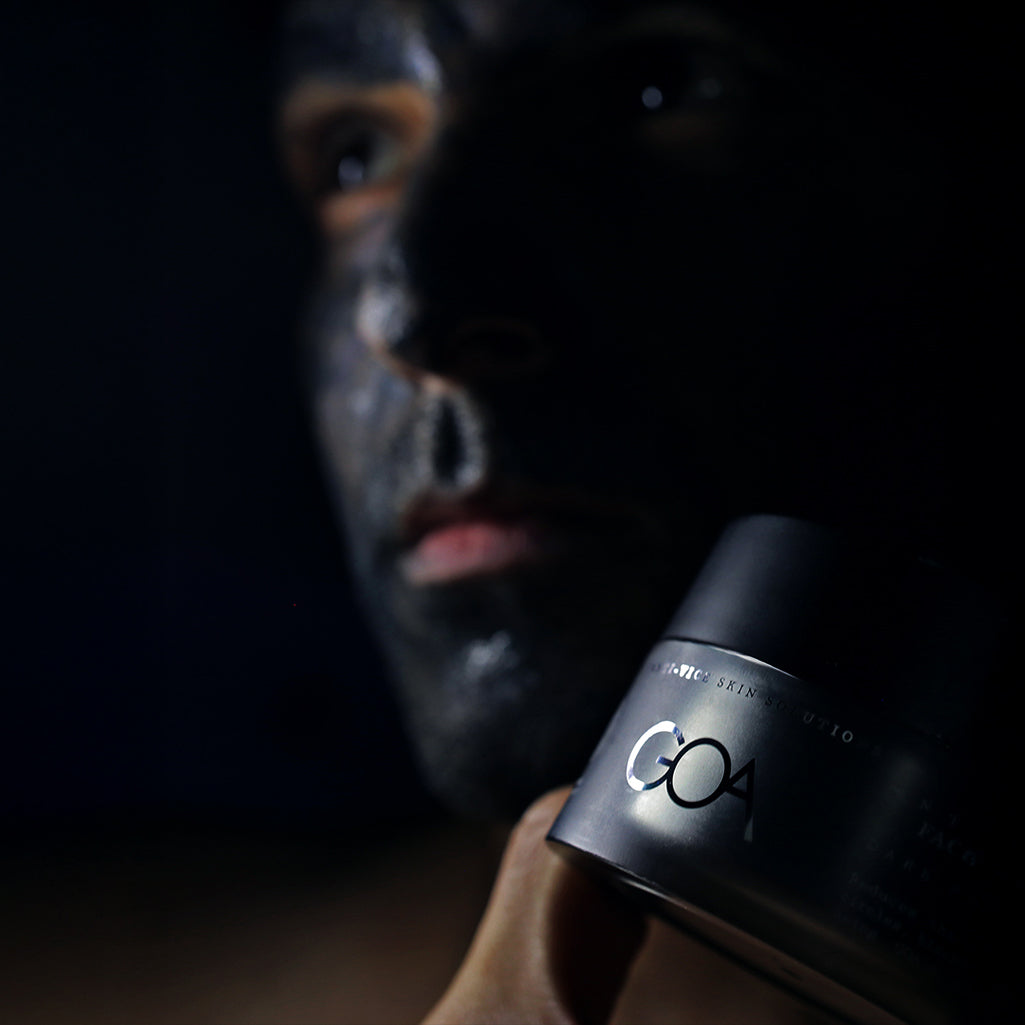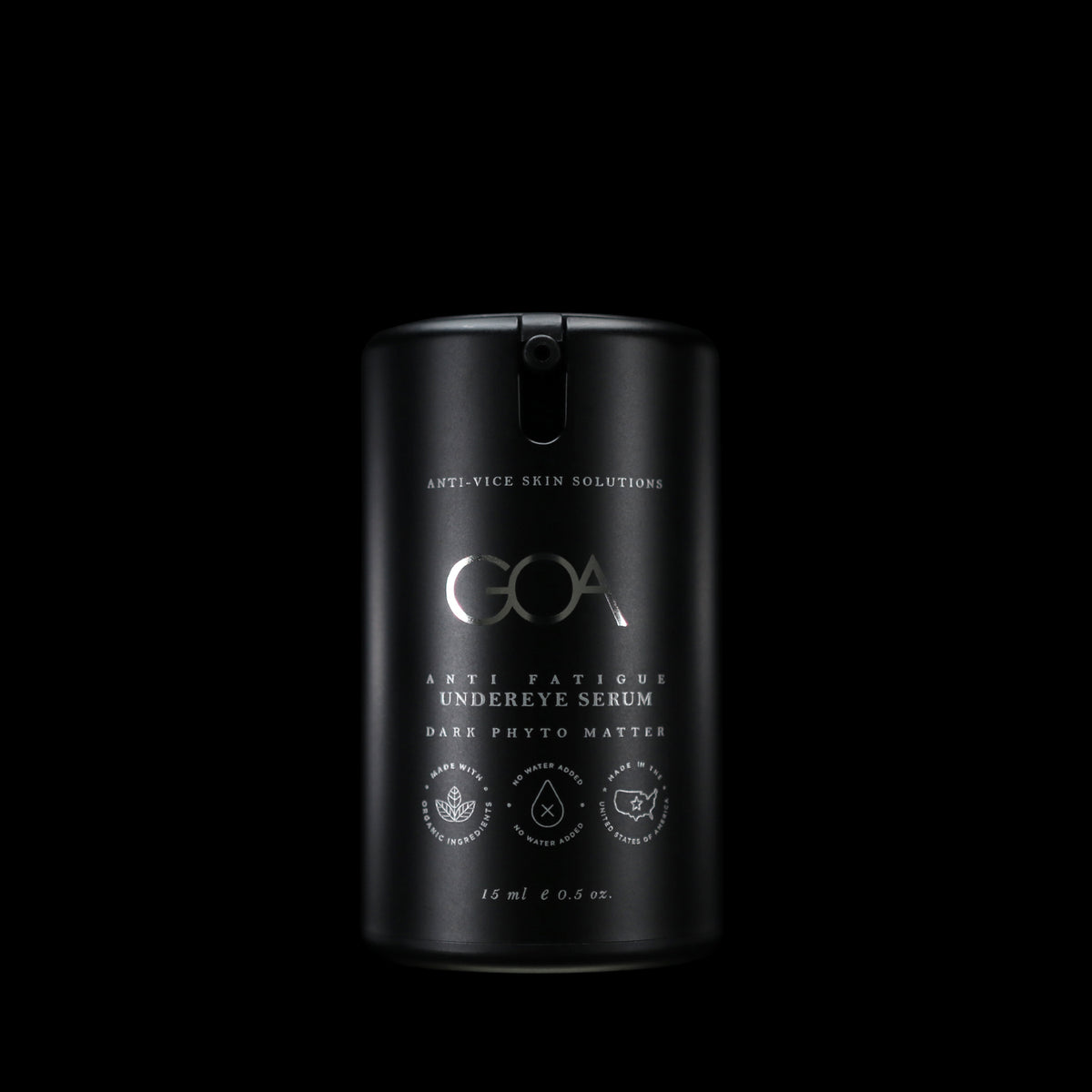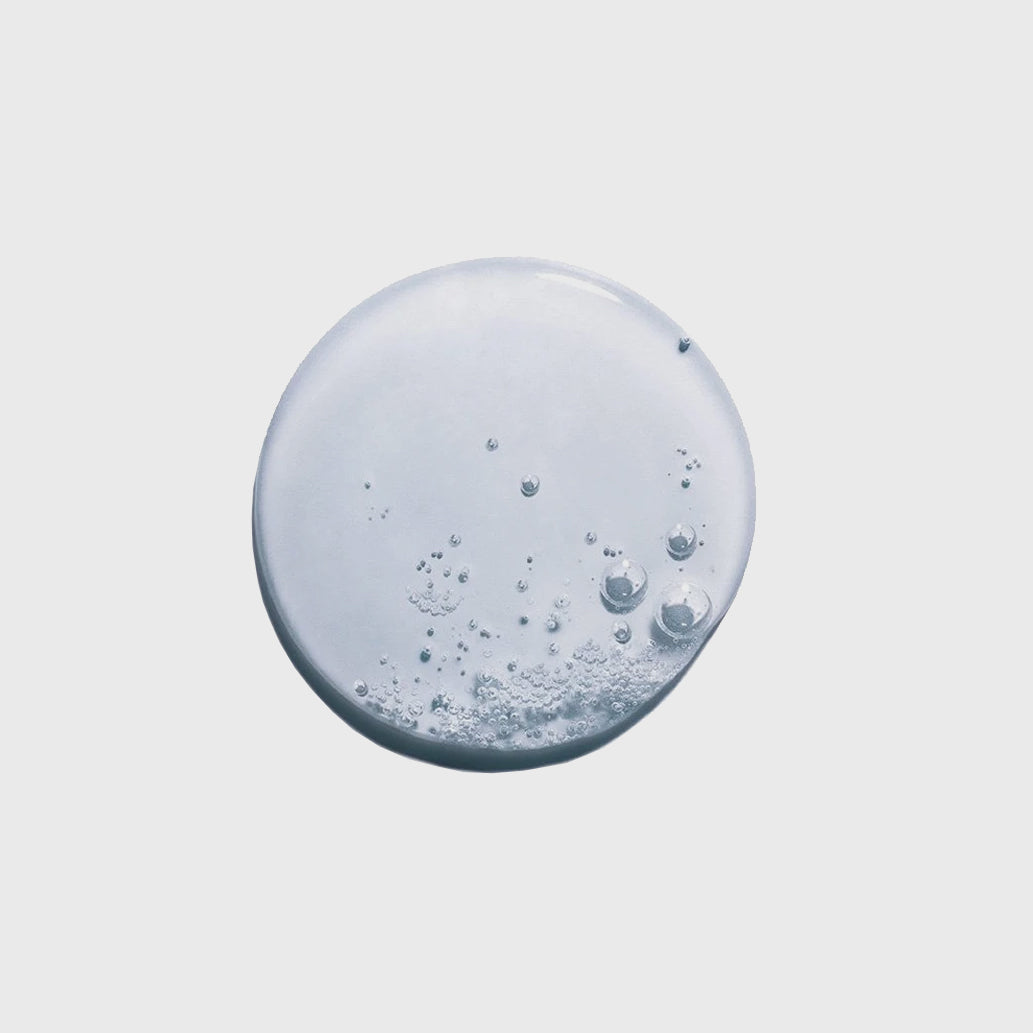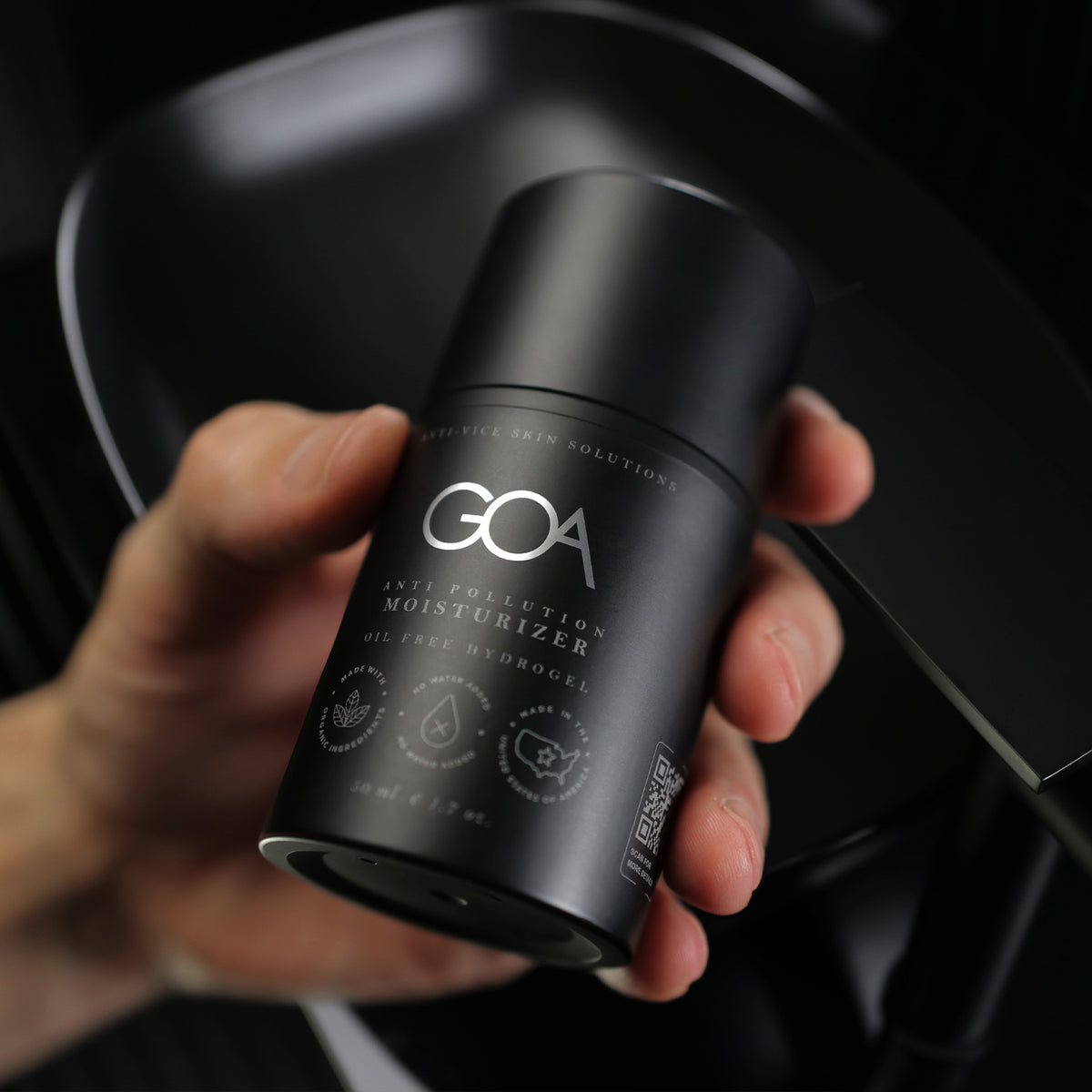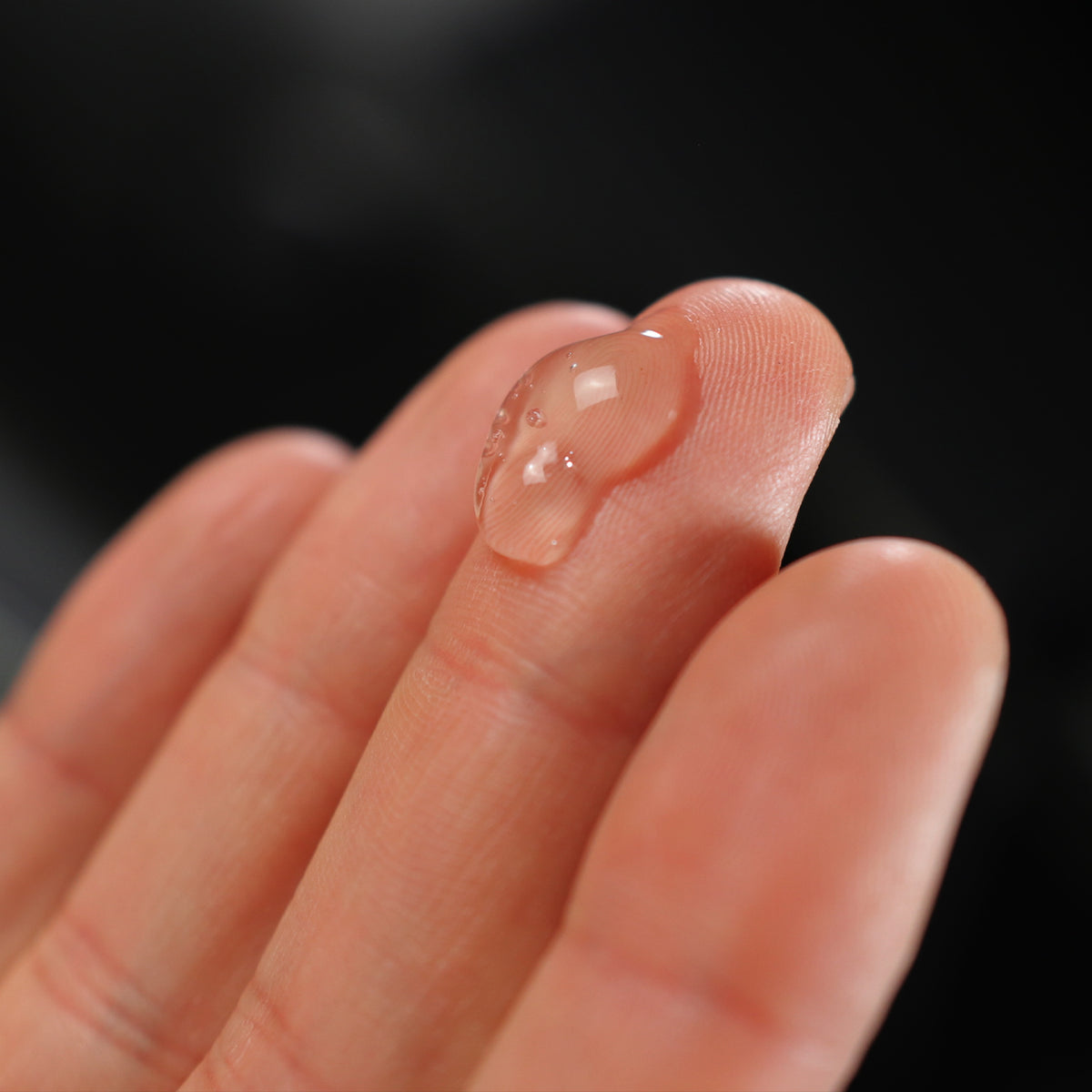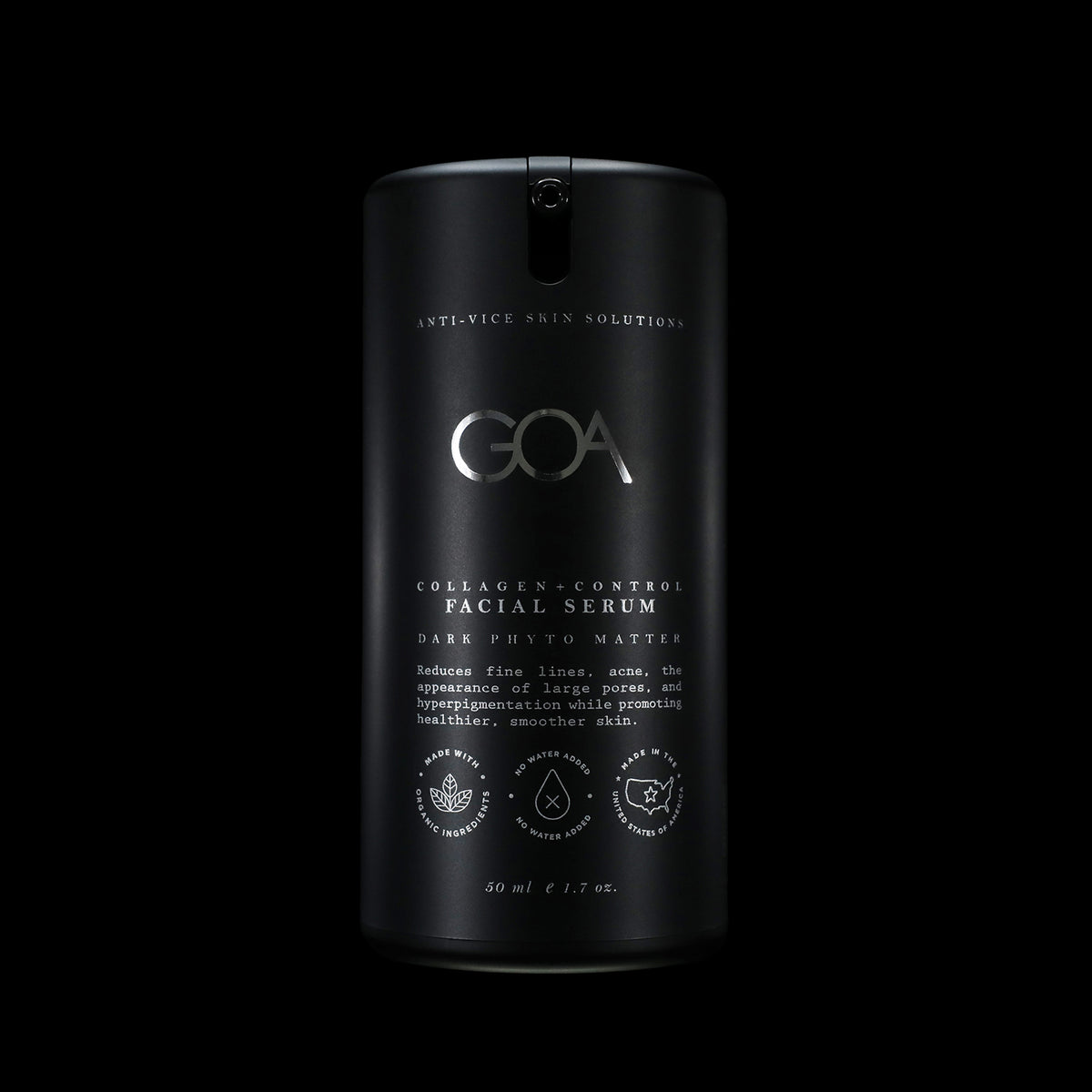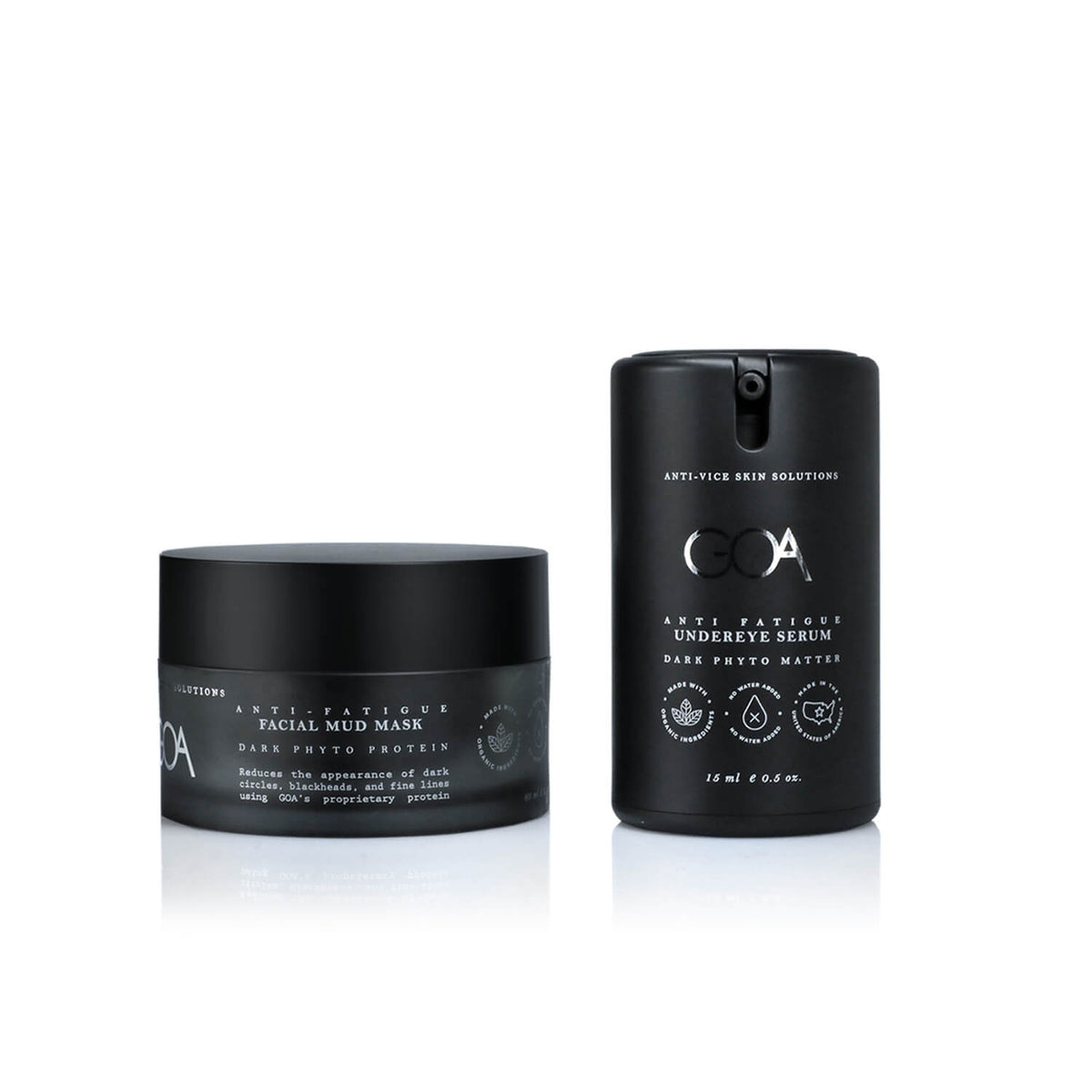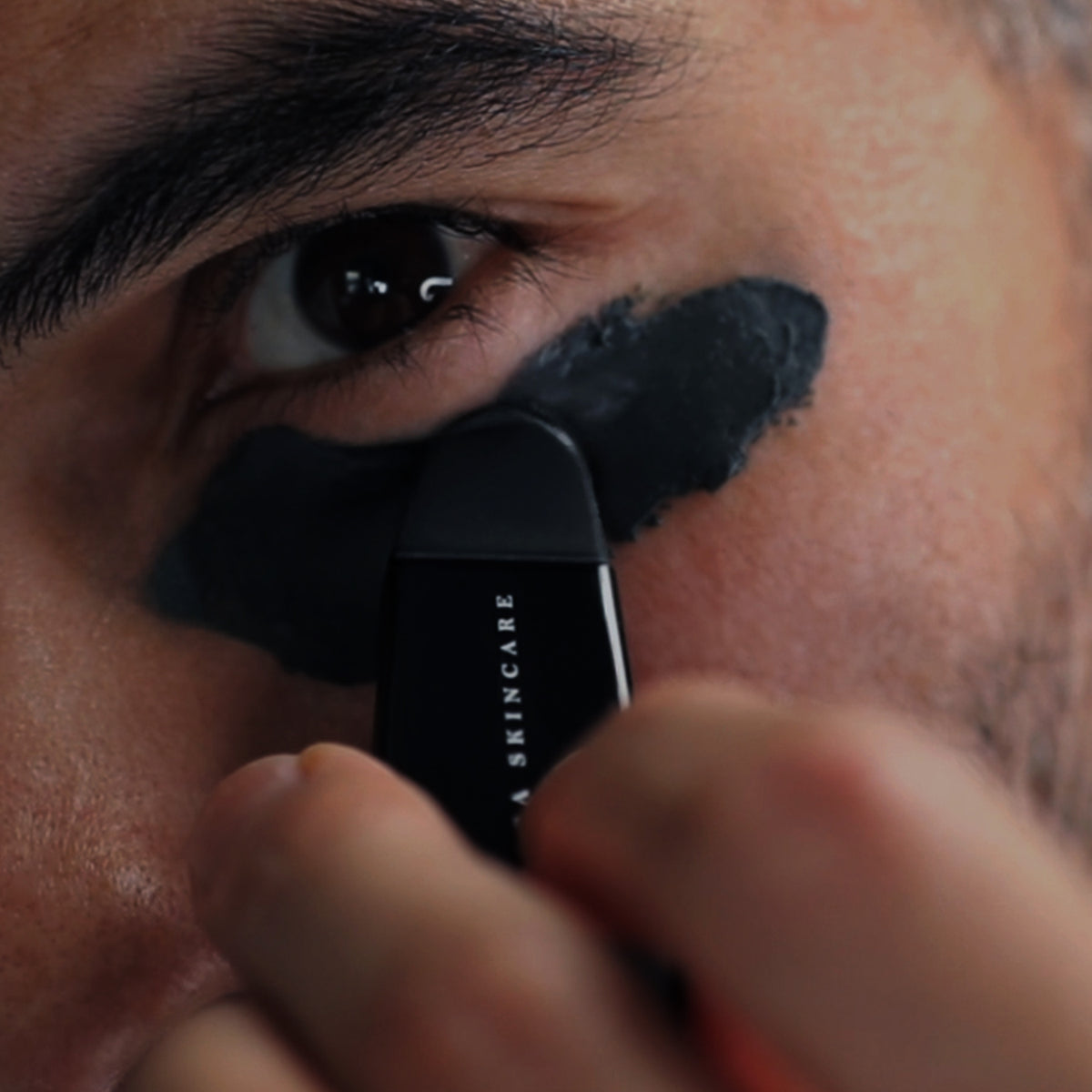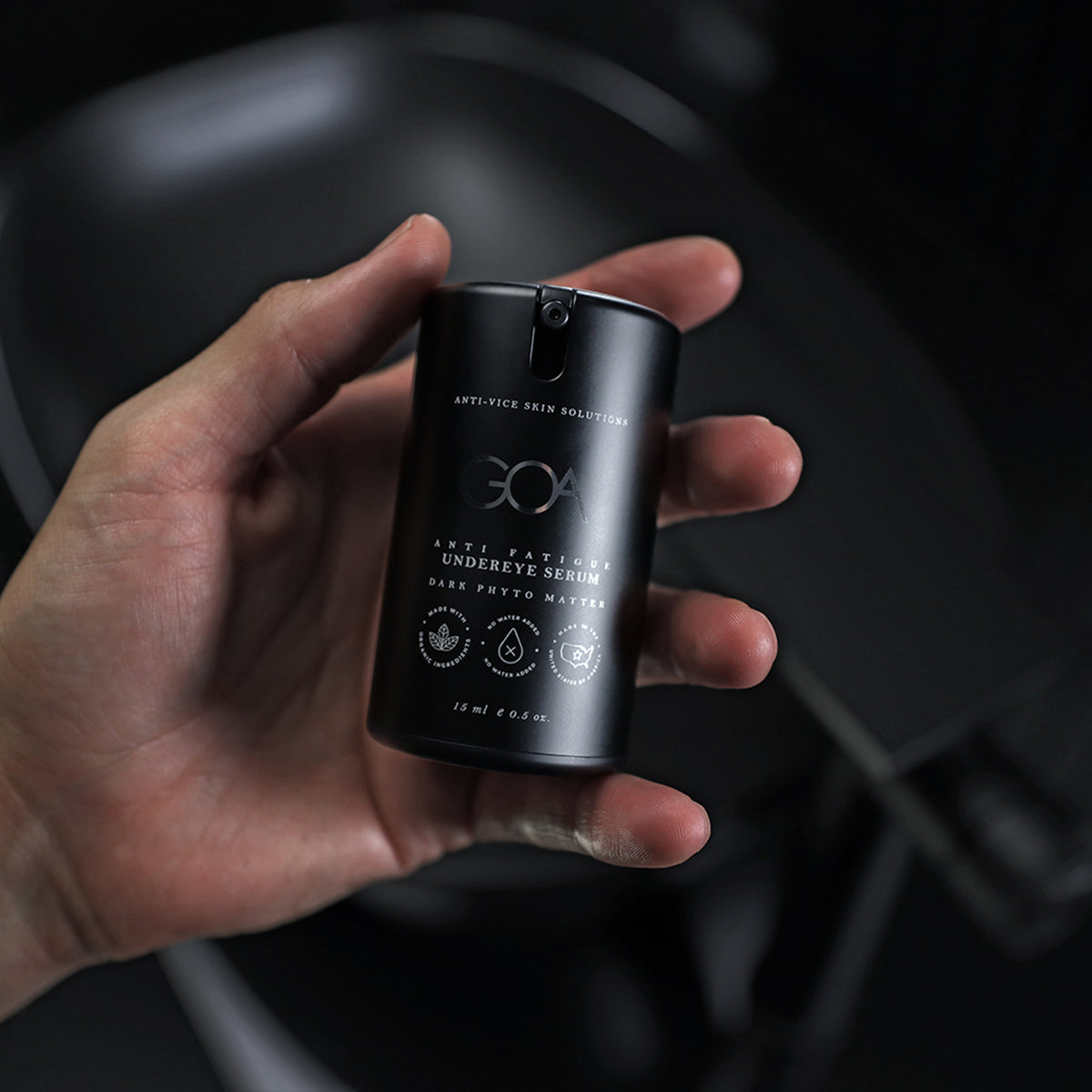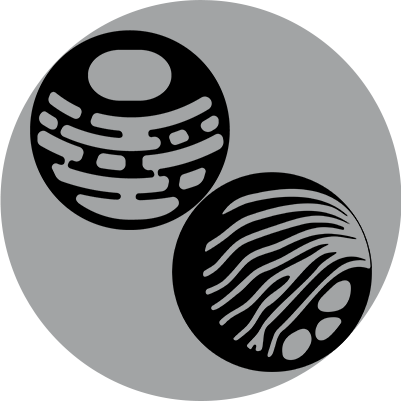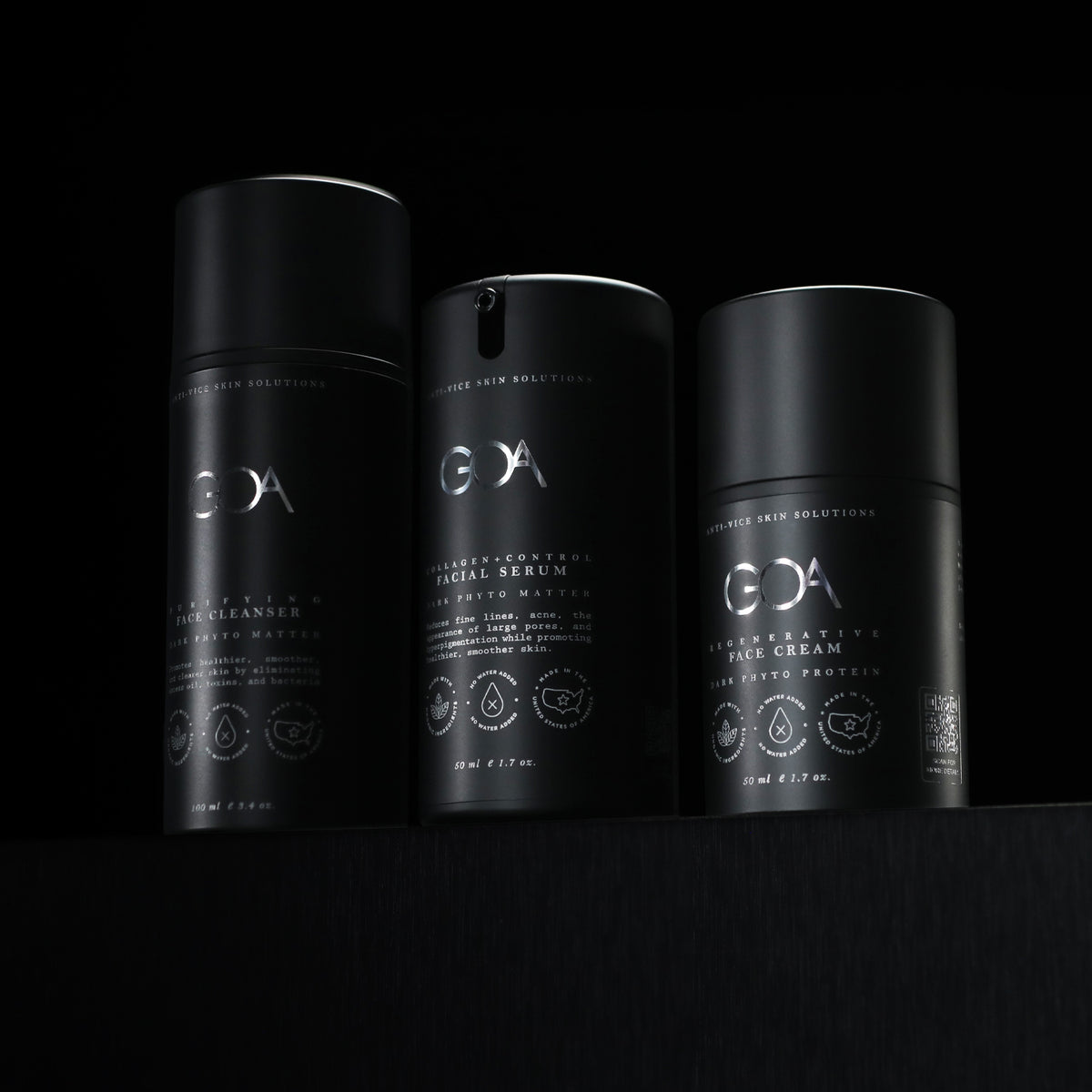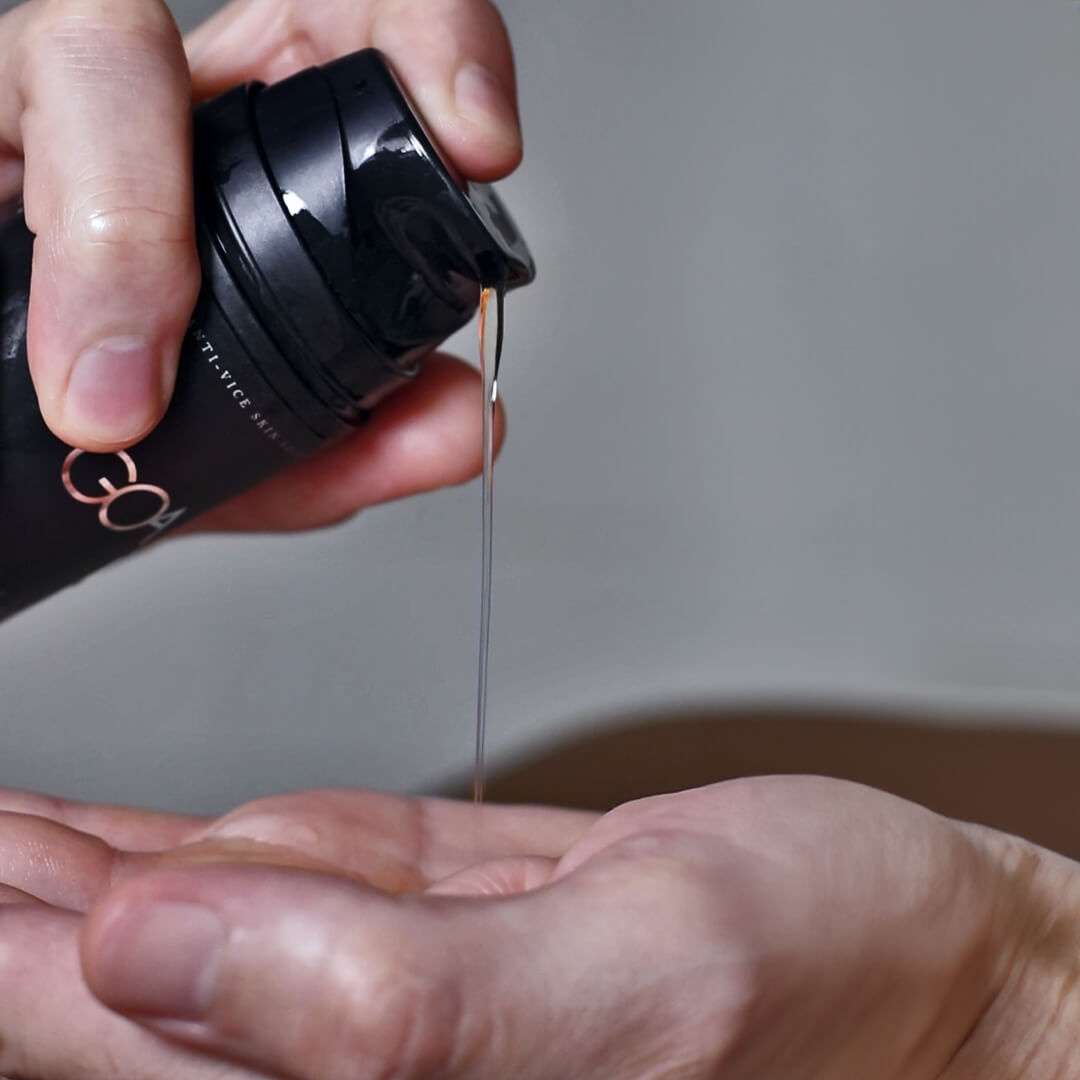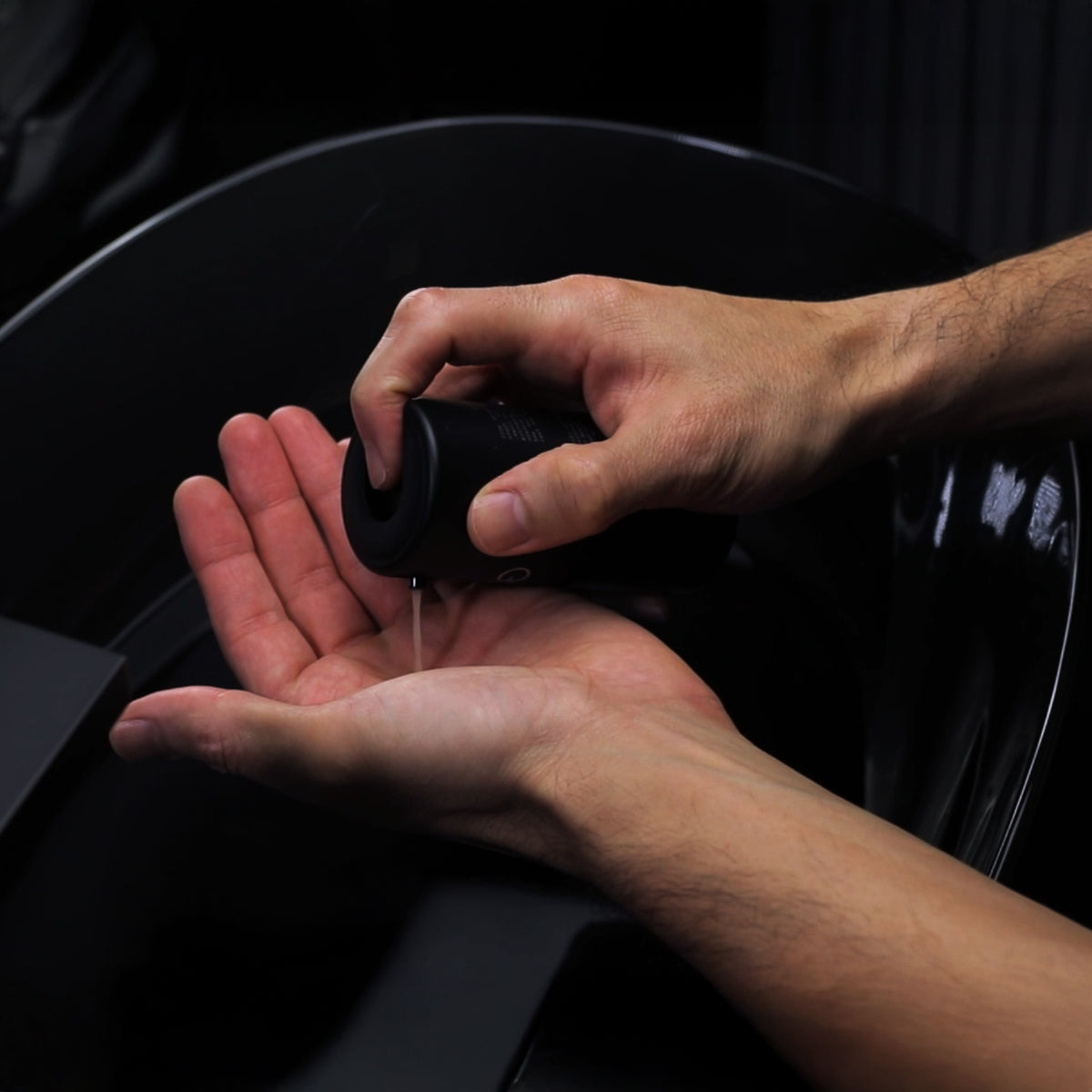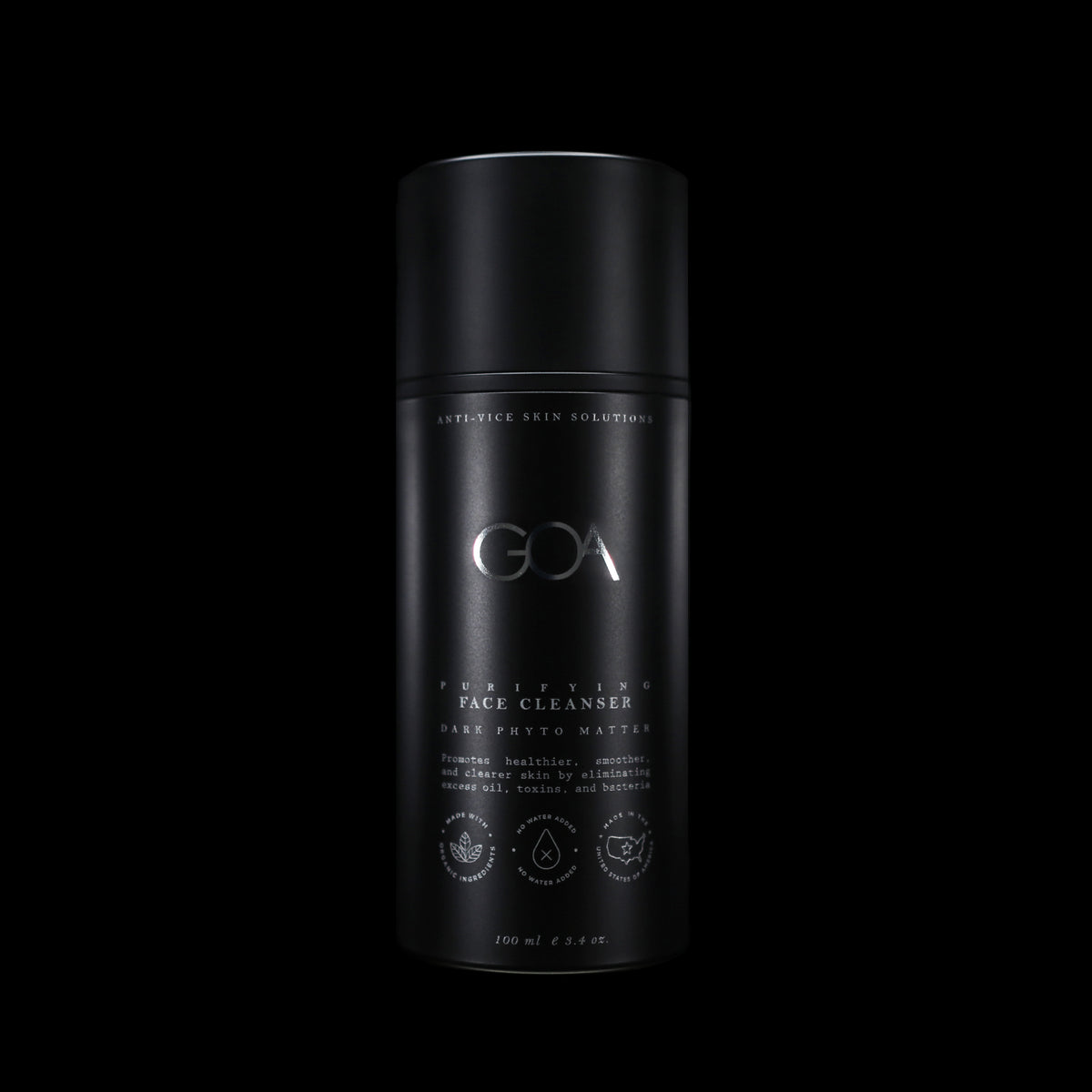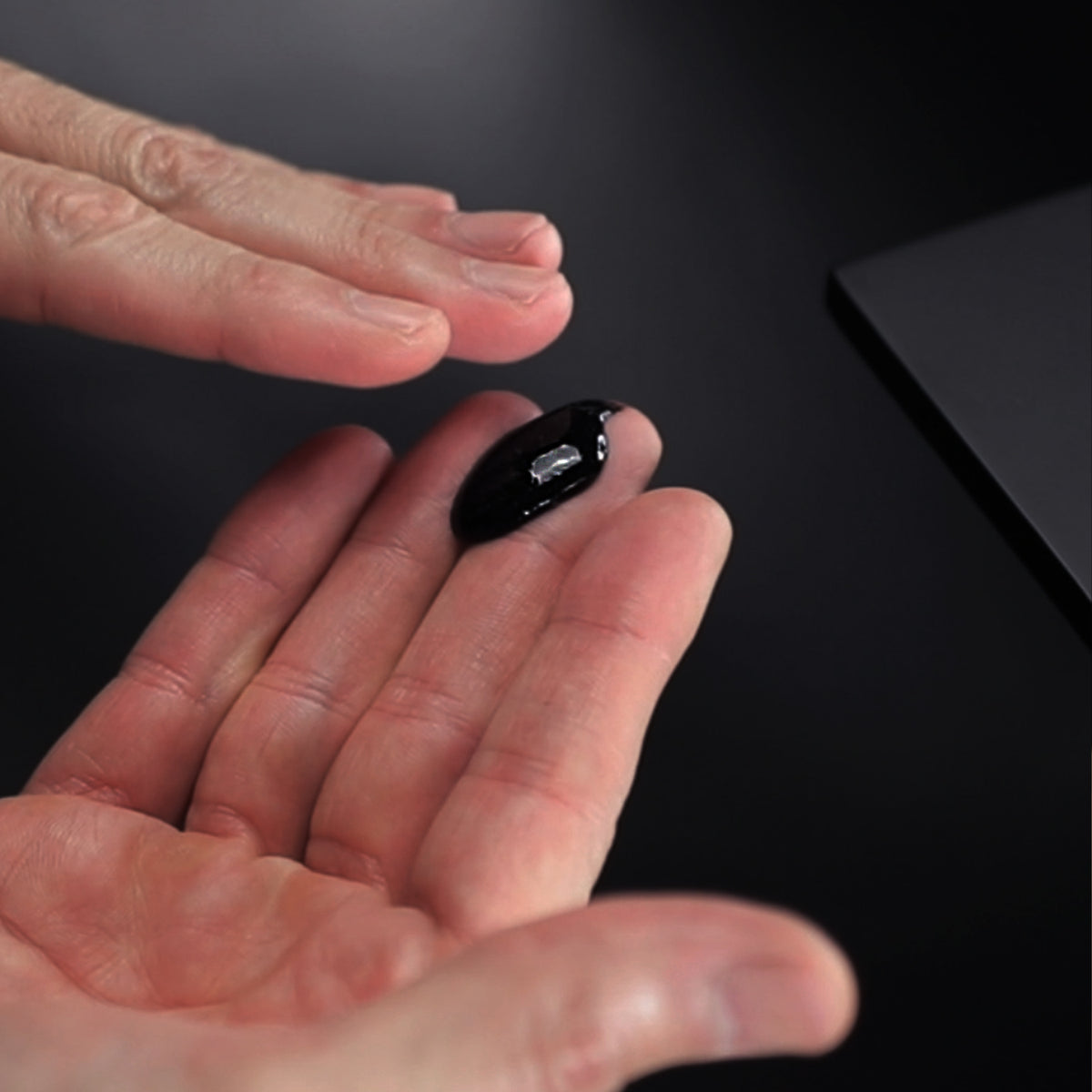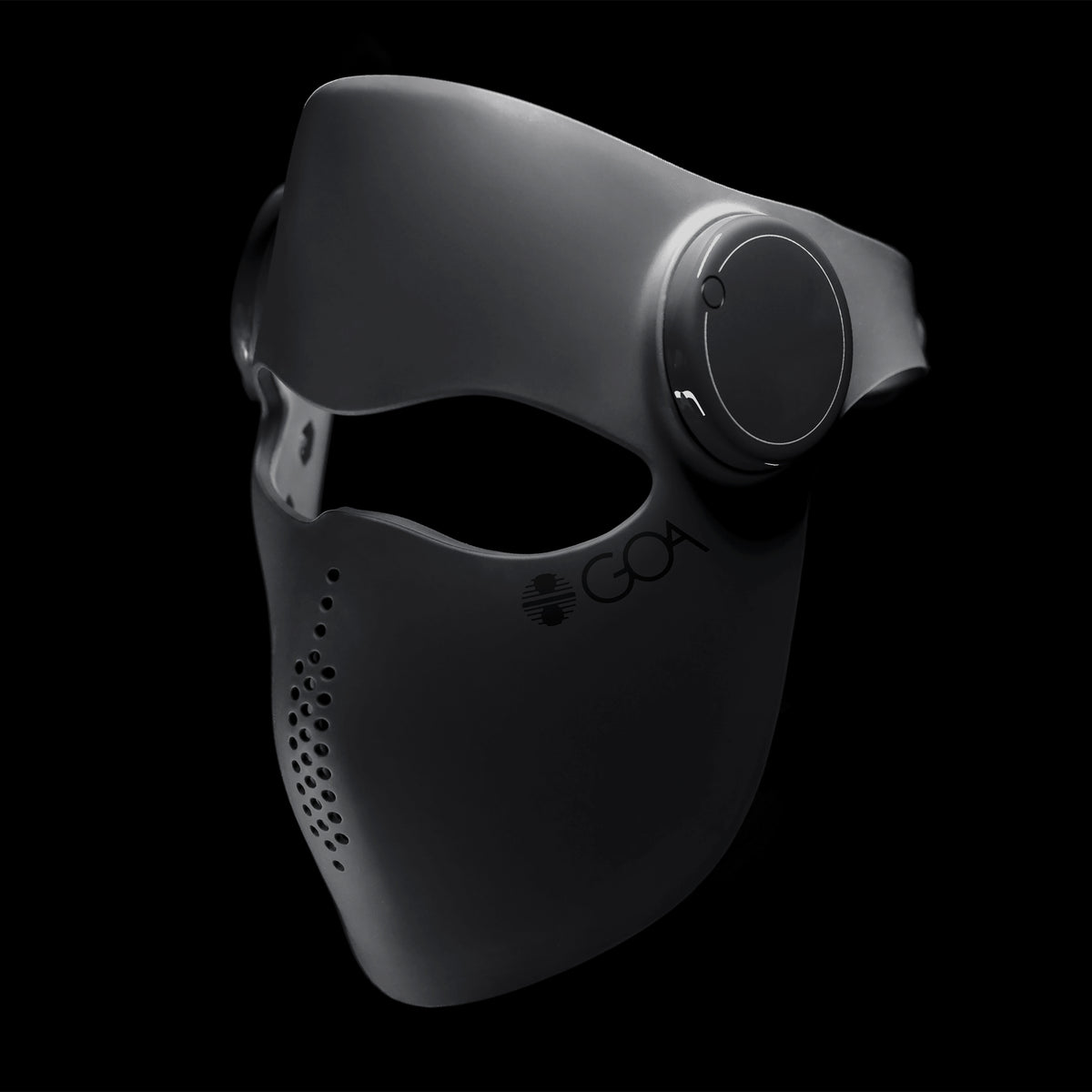Sensitive skin is a complex and multifactorial condition that affects millions of people worldwide. While the causes of sensitivity can vary widely, understanding the different types of sensitivity, including natural, environmental, reactive, and physiological, can help individuals identify triggers and find effective solutions. The patch test is a simple and reliable method for testing for sensitivity that can help individuals avoid products that may cause adverse reactions. In this article, we'll explore the different types of sensitivity, how to test for it, and what steps you can take to prevent and treat it. Whether you have sensitive skin or not, understanding the nuances of this condition is important for maintaining clearer, and healthier skin.
Knowing where the sensitivity is coming from can help you find a solution. To determine where to look, we can categorize the sources into four categories:
Natural Sensitivity
This one is genetic and it can be linked to inflammatory skin conditions like eczema, rosacea, and psoriasis.
Environmental Sensitivity
As its name implies, this type of sensitivity is triggered by your environment. Even if you are not prone to sensitive skin, sun exposure, smoking, and air pollution can cause it. When the skin's defense mechanisms are compromised by UV exposure, for example, it can go into a stinging, irritating frenzy.
Reactive Sensitivity
This type of sensitivity leads to the skin becoming inflamed by certain ingredients in products, resulting in red, warm, and irritated skin. Some may notice breakouts forming where the irritant was placed. In some cases, this type of irritation is only temporary until the skin is used to the ingredient.
Physiological Sensitivity
As we age, our skin naturally loses volume due to collagen loss and it becomes thinner, making us more prone to sensitivity.
Let’s call it N.E.R.P!
THE SKINCARE SELF PATCH TEST METHOD
Checking for sensitive skin is easy if you know what to look for and, of course, what to do. Using a method such as the patch test can get you a one-way ticket to ‘non-sensitive skin-ville.’ How to perform the patch test?
1. Apply a small amount of the product to a small, inconspicuous area of your skin, such as the inside of your elbow or behind your ear.
2. Wait 24-48 hours before a sceond application to see if any irritation or allergic reaction occurs.
3. If your skin does not show any adverse reaction after the third application, it is likely safe to use the product on your face.
However, if you experience redness, itching, or swelling, stop using the product immediately.
Factors, including genetics, environment, and lifestyle determine an individual's skin type, tone, and texture, as well as their susceptibility to certain skin conditions. As a result, no two people will have exactly the same skin, and what works for one person may not work for another. It is important to be aware of your own unique skin and to take care of it accordingly.
WHAT CAN YOU DO IF YOU HAVE SENSITIVE SKIN?
Determine the source of the sensitivity and reduce or eliminate it completely. A good rule of thumb is to set aside a few minutes of your time to review the ingredients of your product for irritable ingredients.
Try to avoid the following ingredients, which can have a negative impact on the skin and cause sensitivity:
Sulphates
It may damage proteins and weaken the skin's barrier.
Non-fatty Alcohol
Products with alcohol can be very drying to the skin and may cause inflammation. This is not to be confused with fatty alcohols which are derived from vegetables and are beneficial to the skin.
Fragrance
One of the most common causes of irritation on the skin, especially on sensitive skin.
Chemical Sunscreen
Instead of using a chemical sunscreen, mineral blockers such as zinc and titanium oxide may be safer and less harsh on your skin. Pro Tip: If you suspect you have sensitive skin, use half the dose of your skincare products that contain known irritants.
In conclusion, sensitive skin can be a real pain in the...face. But fear not, by understanding the different types of sensitivity and testing for it using the patch test method, you can avoid those pesky irritants and keep your skin looking and feeling great. Remember, what works for one person may not work for another, so it's important to be aware of your own unique skin and take care of it accordingly. Whether you're a skincare pro or just starting out, avoiding certain ingredients and reading product labels can go a long way in reducing sensitivity and maintaining healthy, clearer skin. So, go forth and conquer any sensitive skin woes!
From procured sets for healthier aging to essential products for sensitive skin, go to the GOA's Skin Quiz to find the routine that is right for your lifestyle and skin sensitivity. If you need any assistance, please contact our skin professionals at service@goaskincare.com.


















